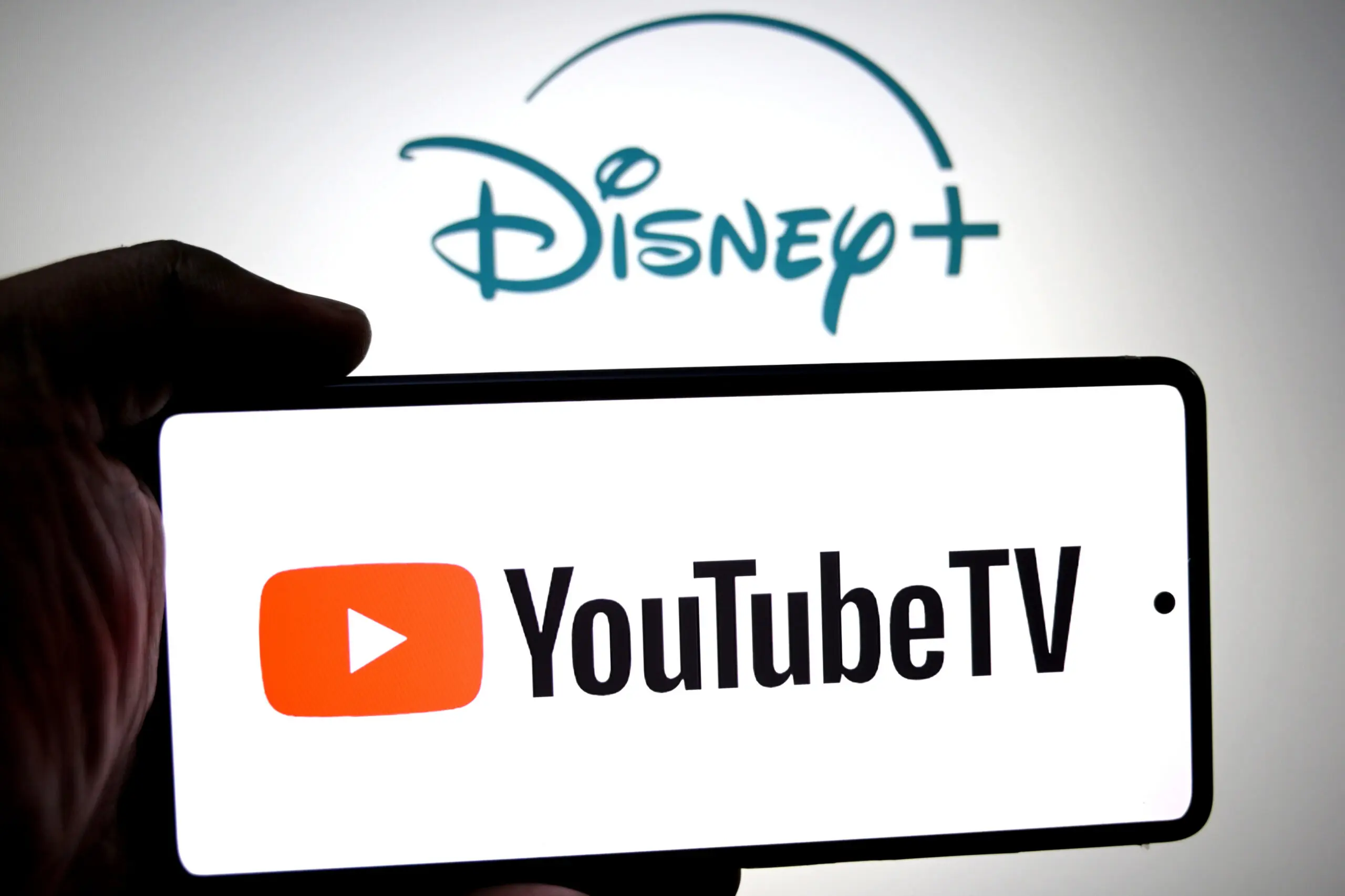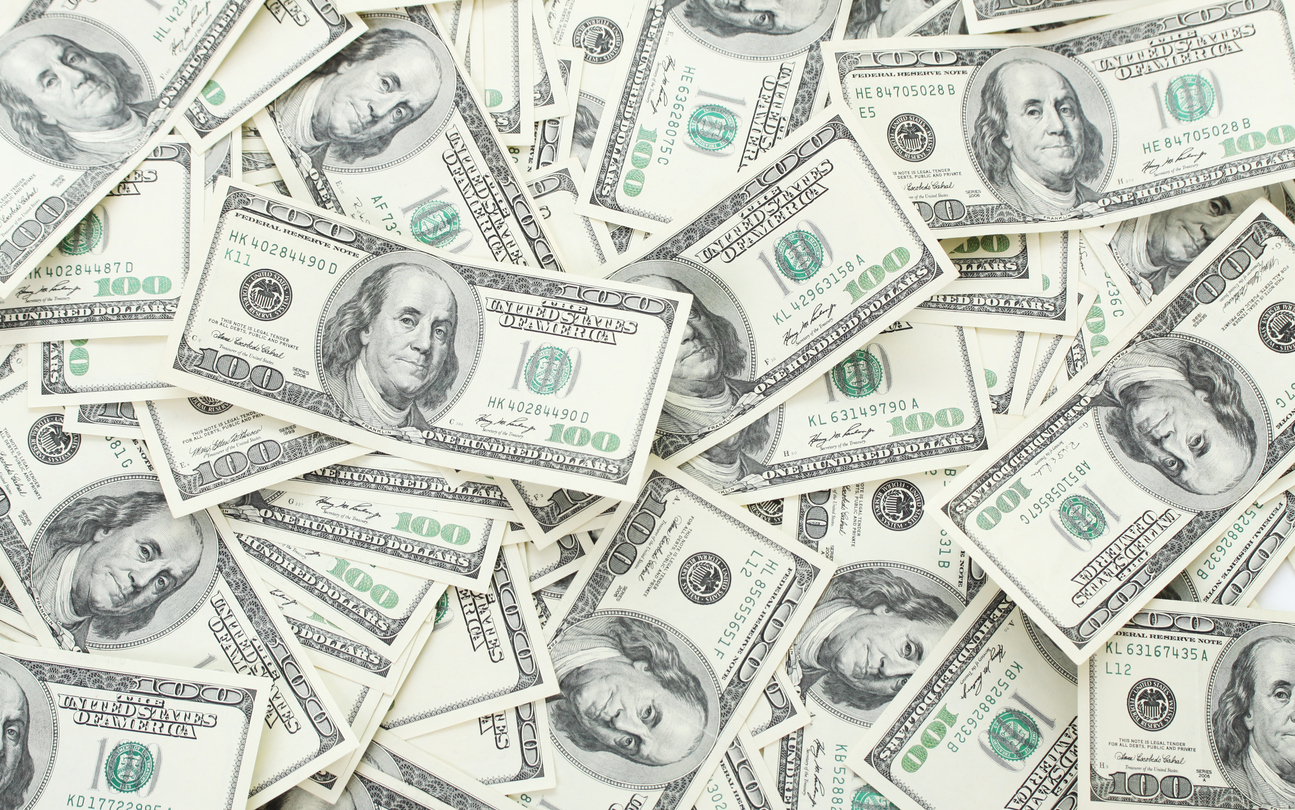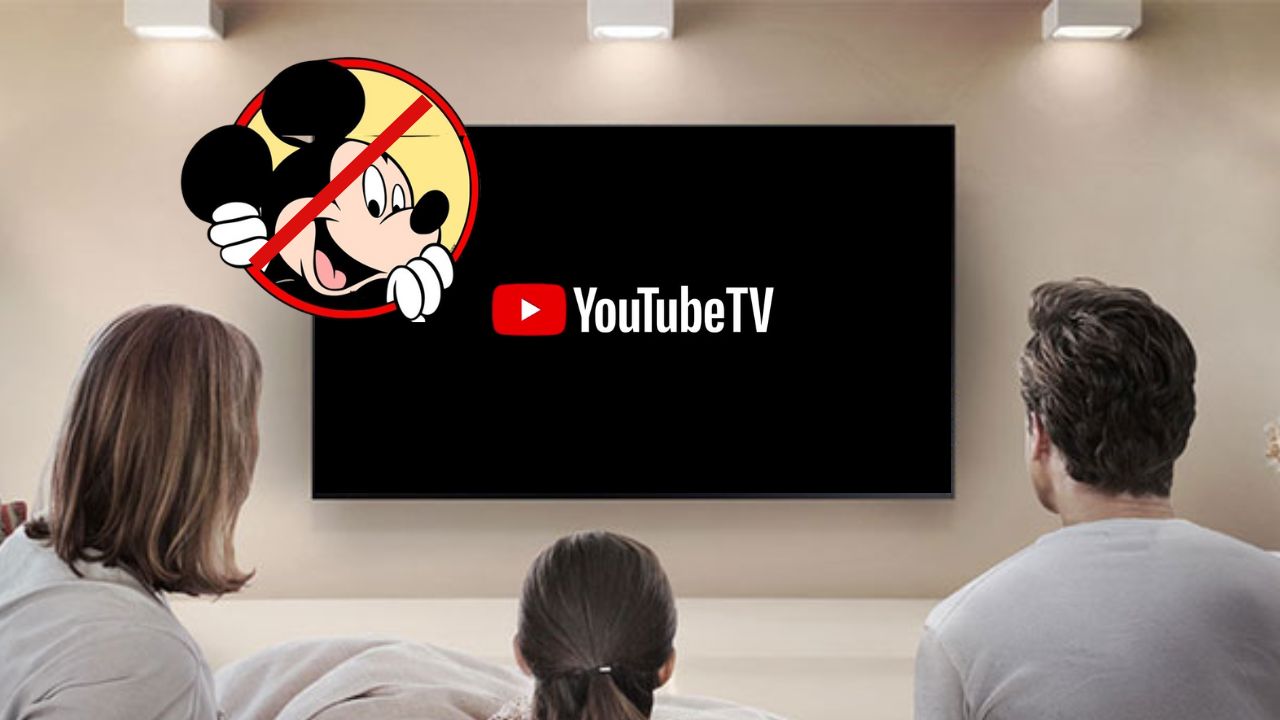The blackout hit hard and fast, silencing live sports just as the NFL season heats up and college football playoffs loom on the horizon. Viewers scrambled for alternatives, firing up laptops or phones to catch fragments of the action elsewhere. Frustration boiled over on social media, with hashtags like #BringBackESPN trending as families vented about missed moments and shattered routines.
Disney's networks aren't optional for many, they form the heartbeat of live entertainment in American homes. Yet here we are, days turning into weeks, with no end in sight. Disney's CFO Hugh Johnston doubled down during the company's latest earnings call, stating plainly that the team is prepared to extend the fight if needed. Google's side pushes back, claiming Disney demands fees that outpace fair value. The tension feels personal, like two giants wrestling in a arena where fans pay the price.

YouTube TV subscribers see Disney+ content blocked during the ongoing blackout, illustrating the financial and subscription challenges in modern streaming disputes.
The Cash Hemorrhage Disney Can't Ignore
At the core of this mess lies cold, hard cash flowing in the shadows of every channel lineup. Traditional cable and streaming deals hinge on affiliate fees, those quiet payments distributors like YouTube TV make to air networks. Add in advertising revenue that surges during big games, and you see why blackouts sting so sharply.
Analysts at Morgan Stanley crunched the numbers and pegged Disney's weekly loss at $30 million, or roughly $4.3 million each grueling day the channels stay offline. According to analysis reviewed by Finance Monthly, a full 14-day stretch could drain $60 million from Disney's coffers and nibble about two cents off its adjusted earnings per share. These aren't abstract figures, they represent real pressure on a company already juggling theme park recoveries and streaming wars.
Veteran media analyst Craig Moffett captures the gut punch of it all, noting that such standoffs often trigger waves of subscriber exodus, with platforms like YouTube TV potentially losing half a million users in the fallout. His words carry weight, drawn from years tracking these battles, and they underscore a deeper ache, the fear that trusted entertainment could slip away for good.
Disney built an empire on reliable access to stories and spectacles, yet this dispute reminds everyone how one crack can ripple through billions in value. The company has tossed lifelines to fans, promoting its ESPN app and bundled streaming options, but those bandaids don't staunch the immediate bleed from lost fees and ads. It's a stark wake-up, showing legacy media's pivot to streaming remains a tightrope walk over a chasm of uncertainty.
How This Fight Could Secretly Inflate Your Monthly Streaming Tab
Carriage disputes like this one between Disney and YouTube TV often masquerade as corporate spats, but they pack a direct wallop to your household budget in sneaky ways. Let's break it down simply. Platforms pay hefty carriage fees to carry channels from giants like Disney, fees that cover the rights to broadcast hits like Monday Night Football or awards shows on ABC. When talks break down, those fees don't vanish, they just get renegotiated higher to end the stalemate. And guess who foots the bill? You do, through creeping increases in your subscription rates.
This matters to everyday viewers because sports content drives the lion's share of these costs, turning what started as a $50 monthly streaming package into something closer to cable's old squeeze. Take Disney's sports empire, anchored by ESPN, which just reported $4 billion in quarterly revenue yet faces ballooning expenses from new rights deals.
The company shells out billions annually for NFL and NBA packages alone, costs that analysts say have surged 20% in recent years. These get passed along, contributing to why the average household now shells out $69 a month on streaming, up 13% from last year according to recent surveys. Imagine your YouTube TV bill jumping another $5 to $10 post-resolution, all to cover the "fair market" premiums Disney seeks. It's not abstract, it's the extra coffee runs or date nights you skip to afford the shows you love.
The silver lining? This blackout highlights a smart pivot point for savvy subscribers. With Disney launching a standalone ESPN streaming service early next year, consider ditching full-lineup platforms for targeted sports bundles that slice out unnecessary channels. This could trim your costs by 30% during off-seasons, based on early beta pricing models. Start by auditing your viewing habits today, cancel extras you rarely touch, and lock in current rates before the next hike hits. It's a proactive shield against the fee frenzy, ensuring you control the remote on your wallet too.

The ongoing YouTube TV blackout is costing Disney millions per day, a stark reminder of the high stakes in media distribution deals.
Churn, Credits, and the Human Cost of the Standoff
YouTube TV feels the burn as well, scrambling to stem the tide of angry cancellations. A recent survey revealed 24% of subscribers either ditched the service or plan to soon, citing the blackout as the breaking point. The platform fired back with a one-time $20 credit, a gesture that soothes some but leaves others eyeing rivals like Hulu or Sling TV. This churn isn't just numbers on a spreadsheet, it erodes the trust that keeps families glued to one app amid a sea of choices.
Brands take hits too, with investors whispering about shaky distribution futures in Disney's earnings notes. Advertisers pull back when audiences fragment, demanding discounts for the void left by missing ESPN spots. The emotional toll lands heaviest on fans though, those who bonded over buzzer-beaters or dramatic finishes, now left with echoes of silence. It's a reminder that behind the boardroom bluster, real lives and rituals hang in the balance.
Looking Ahead: Resilience, Risks, and the Road to Resolution
Disney's fortress of theme parks, blockbusters, and burgeoning streaming arms offers a buffer against this storm, yet repeated dust-ups could chip away at its network crown jewels. Subscriber loyalty proves fickle in these fights, reshaping how platforms value each user and justify their marketing blitzes. Sports rights remain a voracious beast, with uncertainties here threatening the returns on those mega-deals that define ESPN's edge.
As talks reportedly gain fresh momentum, eyes stay glued on both sides. Will Disney bend on fees, or will Google blink first? The convergence of old cable economics and new streaming realities means disruptions like this will echo louder. For consumers, the takeaway rings clear: tune in critically, diversify your lineup, and vote with your remote. This isn't merely a blip, it's the pulse of an industry reshaping how we connect through screens.
Inside the Buzz: What Fans Are Asking About Disney's Latest Clash
How Long Will the Disney YouTube TV Blackout Last?
No one can pinpoint an exact end date yet, as Disney's executives admit they cannot predict the duration amid ongoing tense negotiations. The dispute kicked off on October 30, 2025, surpassing previous records like the 13-day DirecTV standoff last year. Fresh reports suggest momentum in talks, but with both sides digging in over fee hikes, it could stretch another week or more. Fans hold breath, hoping for a swift truce before playoff fever peaks, while platforms extend credits to ease the pain.
What Channels Are Affected by the Disney YouTube TV Dispute?
The blackout wipes out a swath of Disney-owned networks for YouTube TV users, including ESPN, ESPN2, ESPNU, ABC, FX, FXX, National Geographic, and Freeform, among others. This means no live sports on ESPN channels, no network TV on ABC, and gaps in entertainment lineups. Over 20 channels total sit dark, hitting sports enthusiasts hardest during NFL and college games, though some viewers pivot to apps or antennas for partial coverage.
What Is Disney Worth in 2025?
Disney's worth, often gauged through its market capitalization as a public company, stands at approximately $210 billion as of mid-November 2025. This valuation reflects the company's vast empire spanning streaming, parks, films, and media, despite headwinds like this YouTube TV spat. It positions Disney as the 77th most valuable firm globally, buoyed by strong theme park rebounds and streaming growth, though analysts watch closely for impacts from rising content costs and distribution risks.















